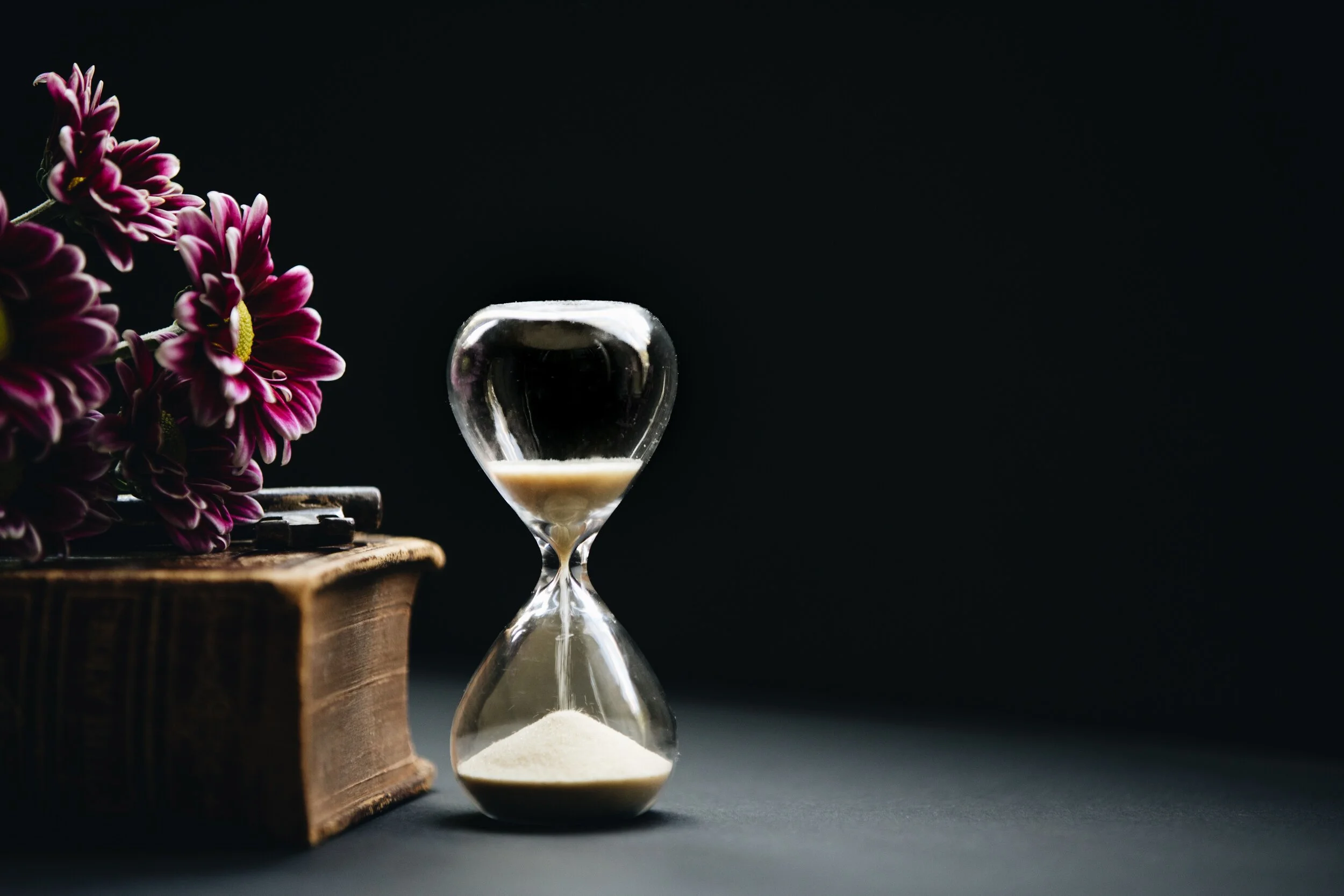Noticing the Rituals of Fall
Think about your favorite rituals of autumn.
Maybe it’s the first time you pull a sweater over your head this season, or tie a scarf around your neck.
Maybe it’s when you change sheets or blankets on the bed into something warmer or thicker.
Or maybe it’s when you roast the vegetables for your first pot of butternut squash soup this year. Or when you season the baked pumpkin with cinnamon and nutmeg, or when you peel and core the apples for homemade sauce.
These rituals are nothing monumental. They’re fairly commonplace events, in fact, as the cooler autumn weather settles on us here in the northern hemisphere.
But just because something is commonplace and familiar doesn’t mean that it should pass unnoticed. This week, I’d like to encourage the noticing.
The thing about rituals – of dress, rest and food, for example – is that they mark the passage and the cycles of time. Rituals repeat. They have patterns of consistency. So our opportunity is to notice what’s new against the backdrop of what’s familiar.
Let me use the three examples above – dressing, sleeping and cooking – to show some examples of noticing the details of the rituals.
Notice How You Dress
It’s easy to say that the chill in the air prompted you to reach for a favorite sweater or scarf. But see if you can be a little more specific. When did you first notice the chill in the air? How did it come to your attention? Did you feel it on your arms or at the tip of your nose? Do you want to wear a sweater now in the mornings when you take the kids to school, but maybe not at mid-afternoon when you step away from your desk for fresh air or a cup of tea?
Notice, too, the transition of the clothes themselves. From cotton, say, to something synthetic that helps keep the heat close to your body. Or maybe the transition is from short sleeves to long sleeves, from v-neck to turtleneck, from sandals to sneakers.
Notice How You Sleep
Maybe you decide to open the window in your bedroom a bit during the night, so the temperature inside drops just enough where you pull the blanket up over your shoulder and snuggle in. Notice whether that brings you pleasure or discomfort. Notice how many layers are between your skin and the air in the room. (Count them.) Notice if you’re ready for bed earlier in the evening than usual, or if you find yourself waking up later than usual. Notice what happens to your sleep if your phone is not next to you, within arm’s reach.
Notice How You Cook
Let’s say you’re inspired to roast vegetables for soup. Notice where that inspiration came from, and if you can trace it back. Did you notice the pumpkins at the grocery store the other day? Was there an aroma in the air that reminded you of a campfire on a cool night?
Notice what you’re hungry for. Notice what your physical body craves. Describe it. Something green and light? Or maybe orange and hearty? What is its shape? Do you want the granular texture of farro, or the silky slip of pasta? Notice if the amount of your cooking changes, like smaller portions more frequently or larger portions once or twice a day.
We’ve all been through this season before. This year, notice what’s new against the backdrop of what’s familiar. Maybe, through the noticing of the rituals, you’ll see that what’s new… is you.
Happy noticing.
Namaste,
Cathy
What We're Reading:
Here's what has piqued our interest this week in the world of wine and mindfulness.
How the brain holds onto fear may explain shared mechanisms behind anxiety, alcohol dependence - medicalnewstoday.com
Scientists have discovered a biological mechanism that impacts how the brain strengthens and holds onto fear-related memories.
When an Italian Takes to Drink - Alfonso Cevola.com
Italian wine professional Alfonso Cevola considers that while alcohol abuse has destroyed families and friendships, yet the Italians, historically have dodged that bullet.
A Mindfulness Practice to Meet Tough Emotions with Curiosity -MIndful.org
Curiosity is a helpful tool for engaging with our embodied experience, including emotions like sadness, anxiety, or any other unpleasant emotion. Explore this simple exercise to help you shift your attitude toward what you’re feeling.
Has alcohol-free wine finally come of age? - The Guardian
Demand for low- and no-alcohol wines has rocketed in recent years, and the market is finally rising to the occasion.






